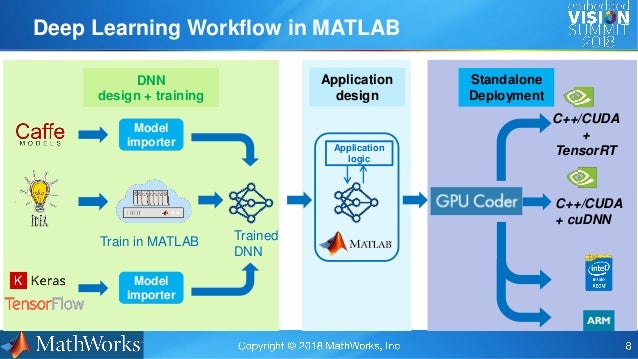


Even though the training set is quite small, this example benefits from transfer learning and achieves good accuracy. When you train the network multiple times, you might see some variation in accuracy between trainings, but the average accuracy should be around 98%. The formulas for BPFO and BPFI are as follows. In this example, you use only the data collected from the test rig with known conditions.Įach data set contains an acceleration signal gs, sampling rate sr, shaft speed rate, load weight load, and four critical frequencies representing different fault locations: ball pass frequency outer race (BPFO), ball pass frequency inner race (BPFI), fundamental train frequency (FTF), and ball spin frequency (BSF). The remaining three data sets are from real-world machines: an oil pump bearing, an intermediate speed bearing, and a planet bearing. The first 20 data sets are collected from a bearing test rig, with three under good conditions, three with outer race faults under constant load, seven with outer race faults under various loads, and seven with inner race faults under various loads.

MFPT Challenge data contains 23 data sets collected from machines under various fault conditions. Machinery Failure Prevention Technology (MFPT) Challenge Data A common problem is detecting and identifying these faults. The following figure shows a rolling element striking a local fault at the inner race. High frequency resonances between the bearing and the response transducer are excited when the rolling elements strike a local fault on the outer or inner race, or a fault on a rolling element strikes the outer or inner race. Localized faults in a rolling element bearing can occur in the outer race, the inner race, the cage, or a rolling element.
#Matlab deep learning tutorial zip
To run this example, go to, download the entire repository as a ZIP file, and save it in the same directory as the live script. Transfer learning significantly reduces the time spent on feature extraction and feature selection in conventional bearing diagnostic approaches, and provides good accuracy for the small MFPT data set used in this example.
#Matlab deep learning tutorial how to
The example demonstrates how to classify bearing faults by converting 1-D bearing vibration signals to 2-D images of scalograms and applying transfer learning using a pretrained network. This example shows how to perform fault diagnosis of a rolling element bearing using a deep learning approach.


 0 kommentar(er)
0 kommentar(er)
